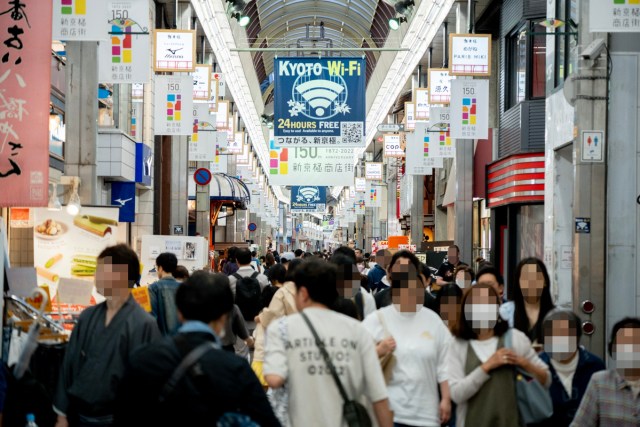
In a city with endless appeal, we found something just as enchanting as traditional culture or ancient structures.
At long last, Tokyo’s relentless heat of the past few months is beginning to lessen and the summer season is coming to a close. Our Japanese-language reporter Tasuku Egawa remembers feeling a bit melancholy around this time of the year while growing up, but these days, he can’t wait for the temperature to drop and hints of fall to start emerging.
At least he has one particularly sweet memory from this past summer–his trip to Kyoto back in June. He’d heard rumors that he’d be able to see something there that’s unconventional for a large city, so he decided to work this little side quest into his travel plans. It definitely wasn’t the kind of sightseeing thing that most tourists would have on their lists, either.
For readers who have never been to Kyoto, parts of the city, such as the downtown area around Kyoto Station, are very urban. In fact, Tasuku didn’t feel that the commercial vibe is all that far off from Tokyo. He began his adventure in such a high-end shopping and dining area with the sprawling Daimaru and Takashimaya Japanese department stores to his west and Leica and Valextra European boutiques to his east. In Tokyo terms, it almost felt like districts such as Nihonbashi, Harajuku, Ginza, and Akasaka were all condensed into one smaller neighborhood. All of the stores coupled with the high influx of tourists currently in the city made this location feel just as busy to him as Shinjuku Station.
▼ The Daimaru department store

Shortly before 8:30 p.m., Tasuku caught a taxi at the Shijo Bridge. It was fun to see the city at night in this manner.

He especially marveled as the car sped past the Kyocera Museum of Art with its colorful illuminations.
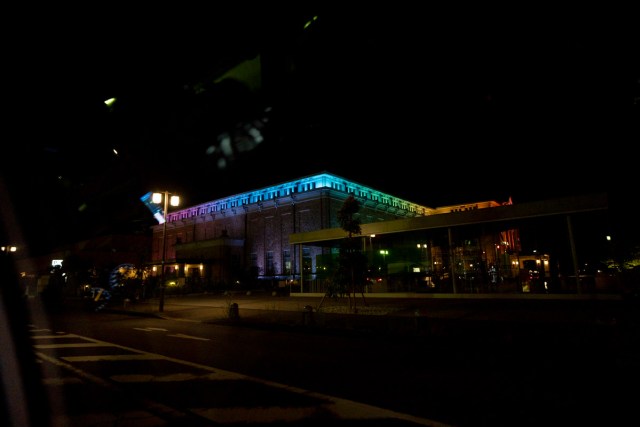
His destination was about four kilometers (2.5 miles) away and took ten minutes to get there. Only after paying the fare of 1,700 yen (US$12) did he realize that he could have easily ridden there on a rental bike on his own. Oh well.

The spot where he was dropped off, which was an area along Kyoto’s famed Philosopher’s Walk pedestrian canal pathway, was quite dark. You can only see the signpost in his photo below because of the camera’s flash.

There were some streetlights around, but they were relatively far apart from each other. Shadows encased most of the space between the lights.
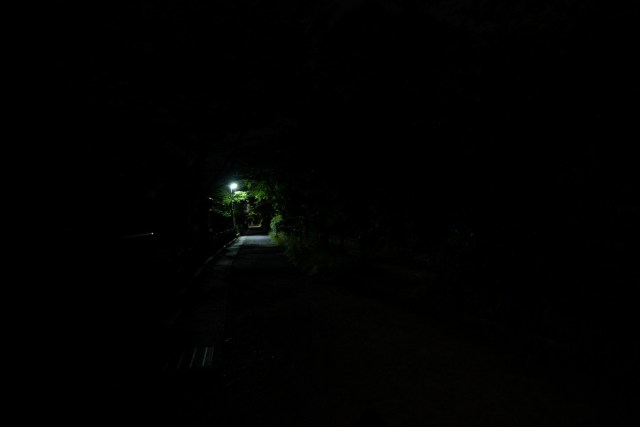
This description may make it sound like Tasuku suddenly found himself in the middle of the mountains, but the street he was on was lined with regular houses and stylish cafes. He wasn’t in complete solitude, either, as locals occasionally passed him while walking their dogs or jogging.
Suddenly, he caught sight of a small flicker of light in the darkness, and he knew that his quest had been successful. It was the unmistakable glow of firefly light.

To be precise, these particular fireflies are called genji-botaru in Japanese. They’re registered as a Natural Monument of Kyoto City.
Now, Tasuku had grown up in the mountains and was able to see many fireflies as a child, so it wasn’t a first experience for him in that sense. Rather, what was novel to him was the fact that fireflies still naturally inhabit the area so close to a bustling commercial area, continuing to reproduce and maintaining a stable population without human intervention. He’s not aware of any place in downtown Tokyo where they still thrive naturally, so this phenomenon seems special to Kyoto. In Tokyo, it’s only once you travel 50-60 kilometers away from the heart of the city, to areas like Hachioji and Akiruno, that you might find a self-sustaining population.
Tasuku’s neighborhood also used to be home to fireflies once upon a time, but the rise of munitions factories during World War II and then rapid development as a result of Japan’s postwar economic growth polluted the local drainage ditch so much that they all died out. There have been attempts to reintroduce them to the area for the past 20 years or so, but they always last only one generation before their light completely fades away.
▼ The use of tripods was prohibited in the area, and Tasuku regretted that even his best handheld long exposure shots still came out blurry.
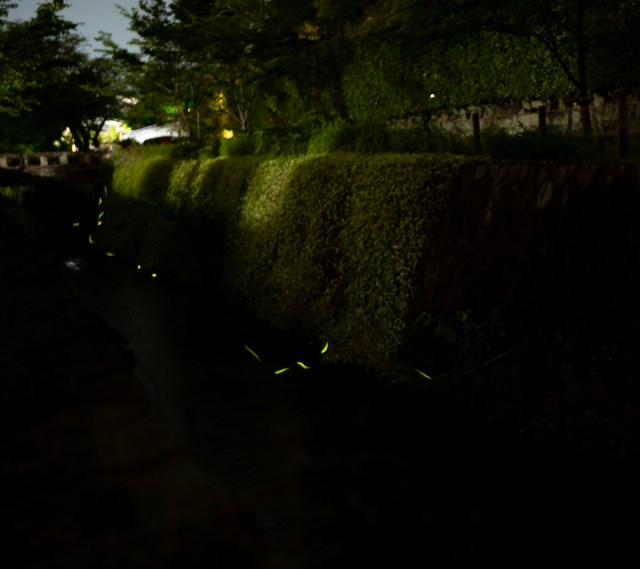
In other words, in modern and urbanized Japan, it can be difficult for fireflies to live near humans. For one, it’s often said that they need a clean source of running water, but in Tasuku’s view, it’s best if the water is just the right balance between clean and dirty. Some other species such as Japanese stoneflies (kawagera) and freshwater crabs (sawagani) definitely need clean water to survive, but genji-botaru fireflies uniquely feed on freshwater snails (kawanina), which prefer muddied water. The water can’t be too pure or too dirty, but needs to be somewhere right in the middle, for the ideal habitat. Unfortunately, humans have a knack for extremes, either purifying the water too much or leaving it unattended long enough that it becomes riddled with garbage and sludge.
Moreover, fireflies hate light more than anything. They communicate and mate by means of their intricately glowing dances in the dark. Conversely, humans love the light and need it to survive. The number of streetlights and cars tends to increase as a local population goes up, which results in driving the fireflies away. Therefore, the fact that he was seeing these magical lights within a developed city sparked nothing but awe in his mind.
As Tasuku walked to Keage Station to catch a train back to his hotel, he saw more and more of the genji-botaru–and not just along the Philosopher’s Walk, either. They wove through the open space on the grounds of Nanzenji Temple and glimmered in the thick vegetation near any water source as an intrinsic part of the local landscape. He was also impressed to see a young man stop his girlfriend from shining her camera light on the fireflies as well as a father scold his children for trying to snatch them from the air. It seems that the residents of Kyoto truly respect and appreciate the amazing natural gift of their city and will do anything to keep that light shining a little bit longer.
All images © SoraNews24
● Want to hear about SoraNews24’s latest articles as soon as they’re published? Follow us on Facebook and Twitter!
Credit:























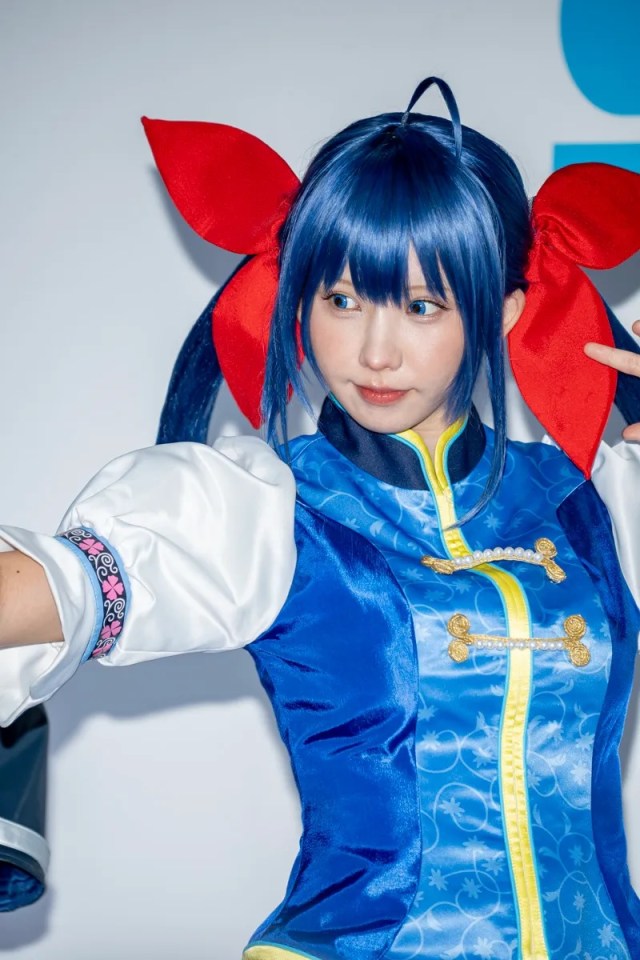
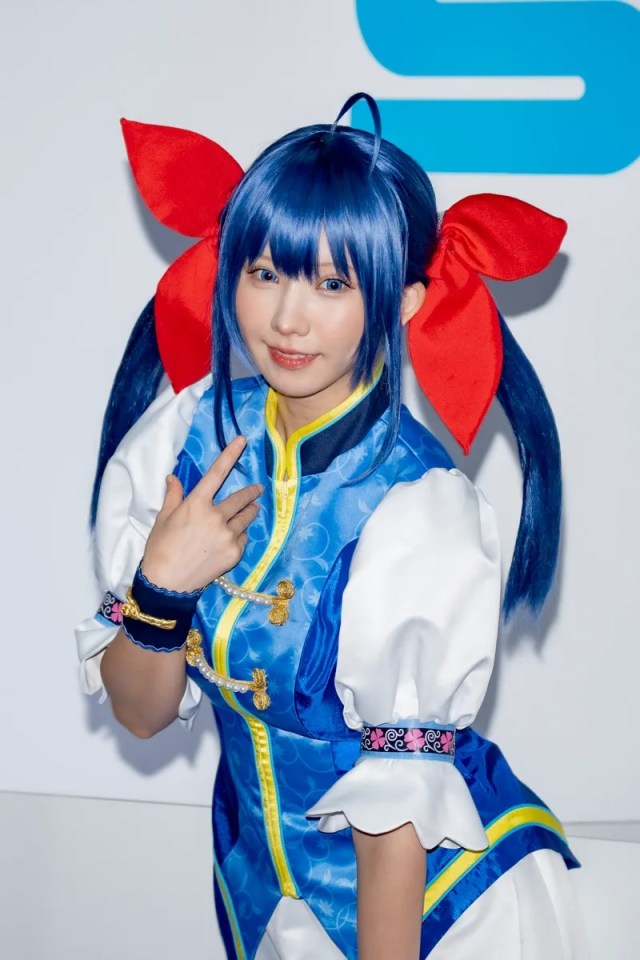

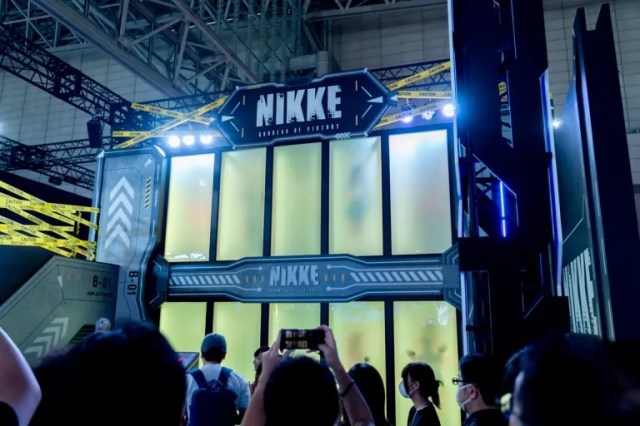
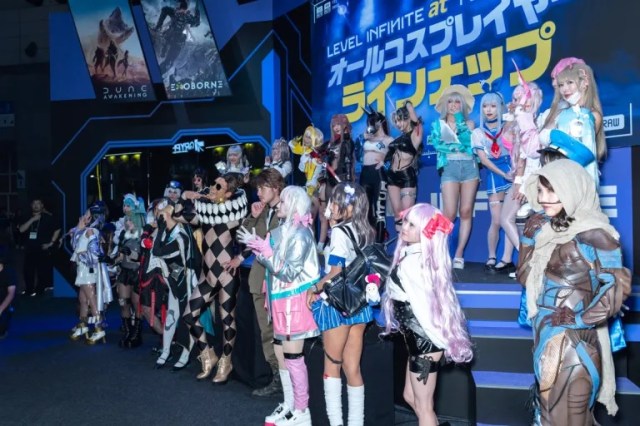

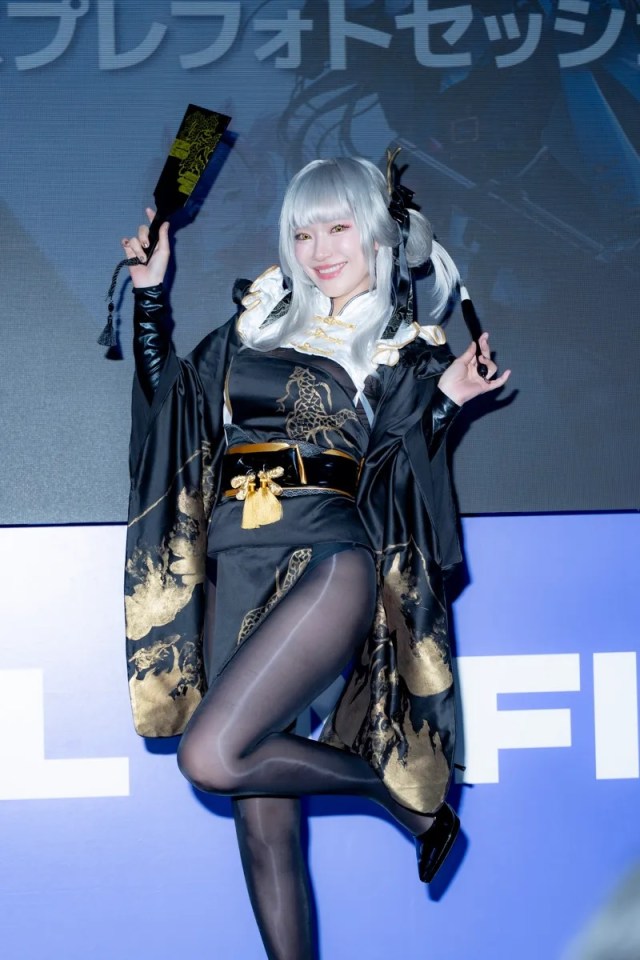

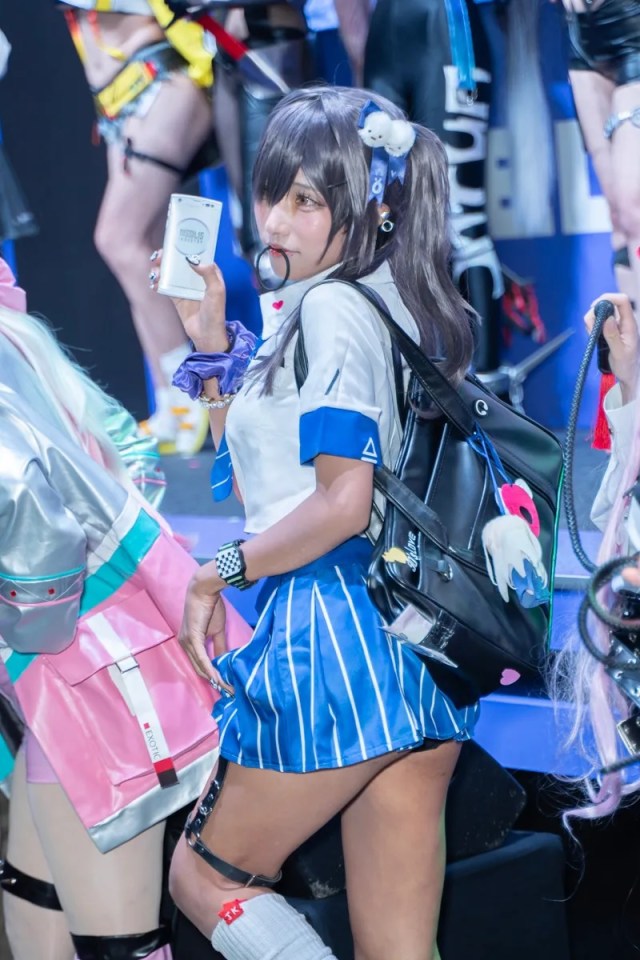
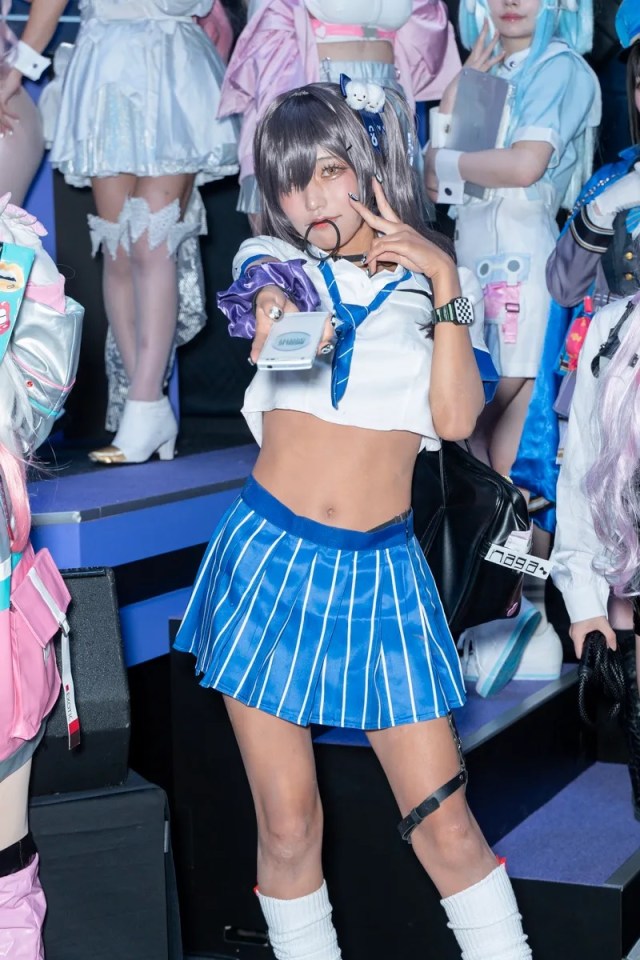


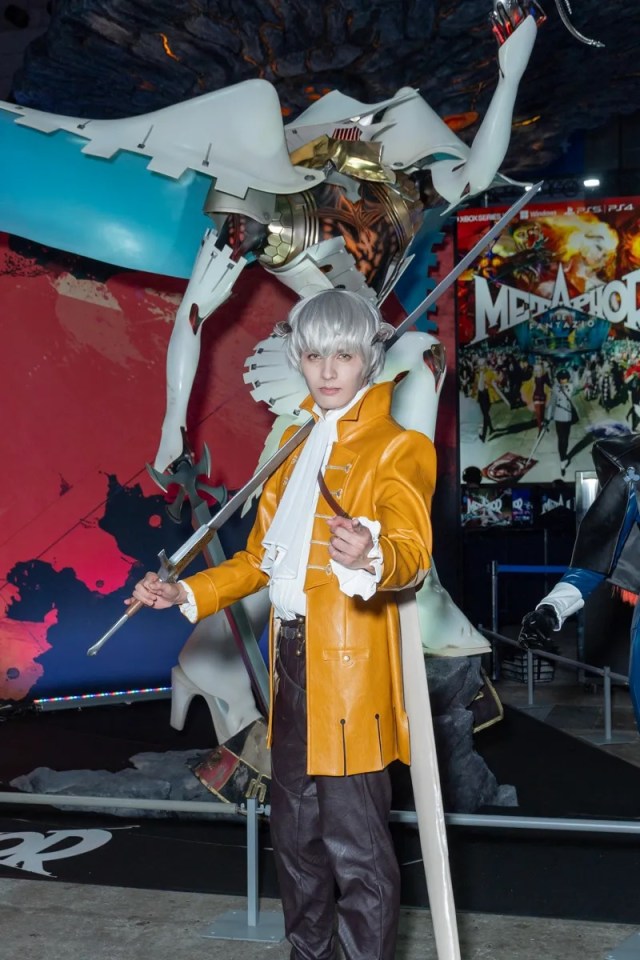

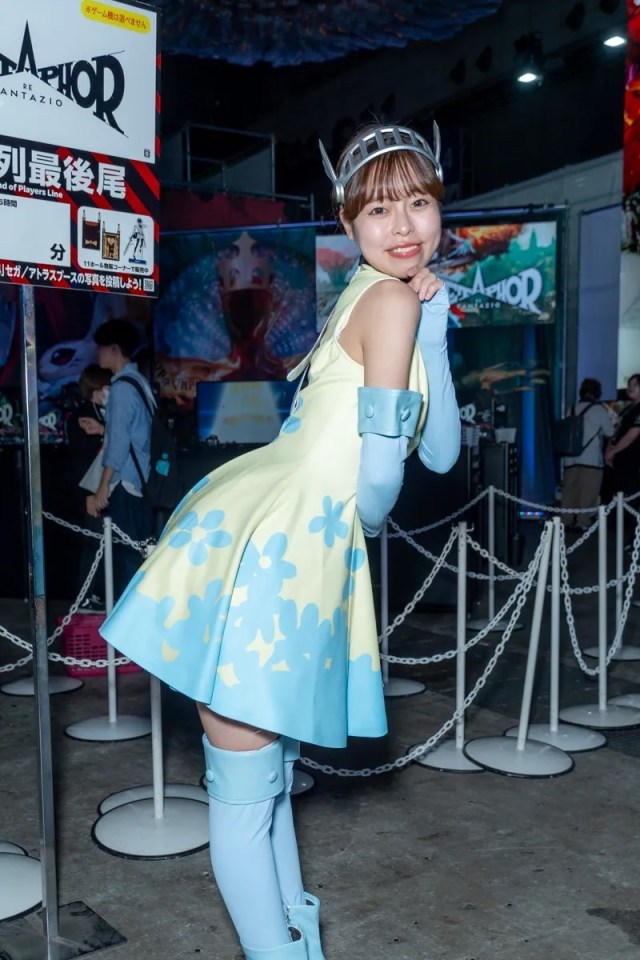
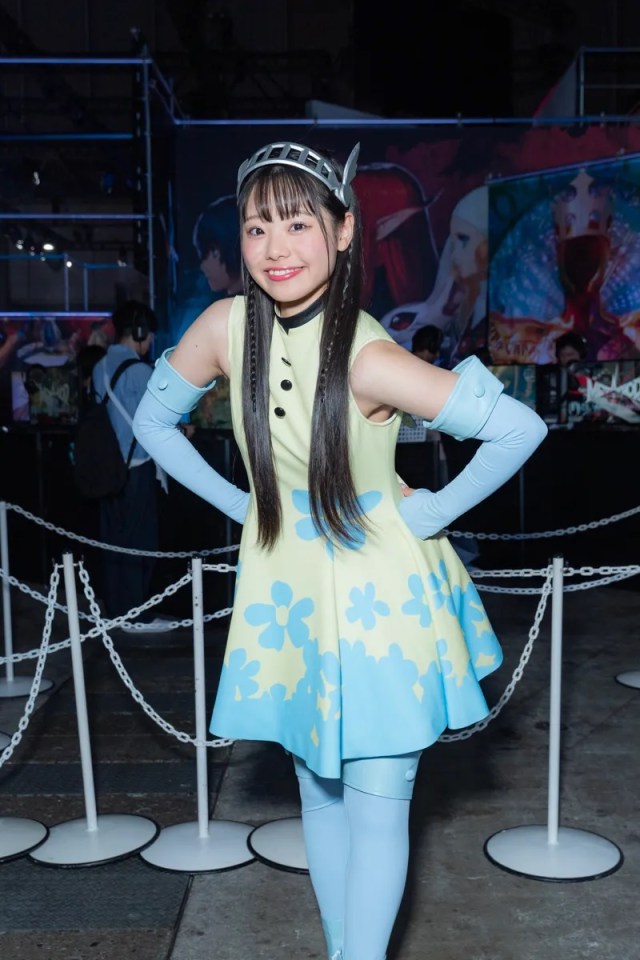
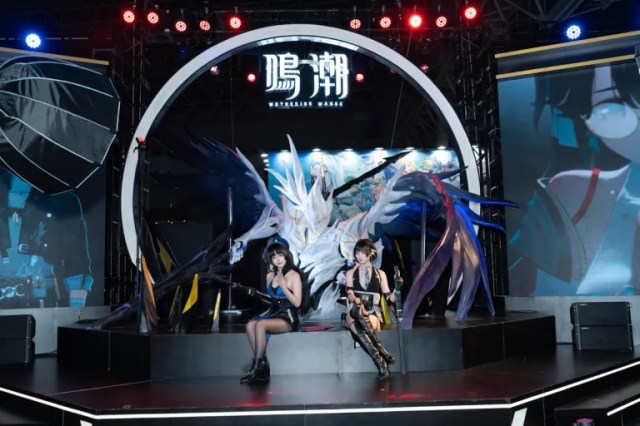
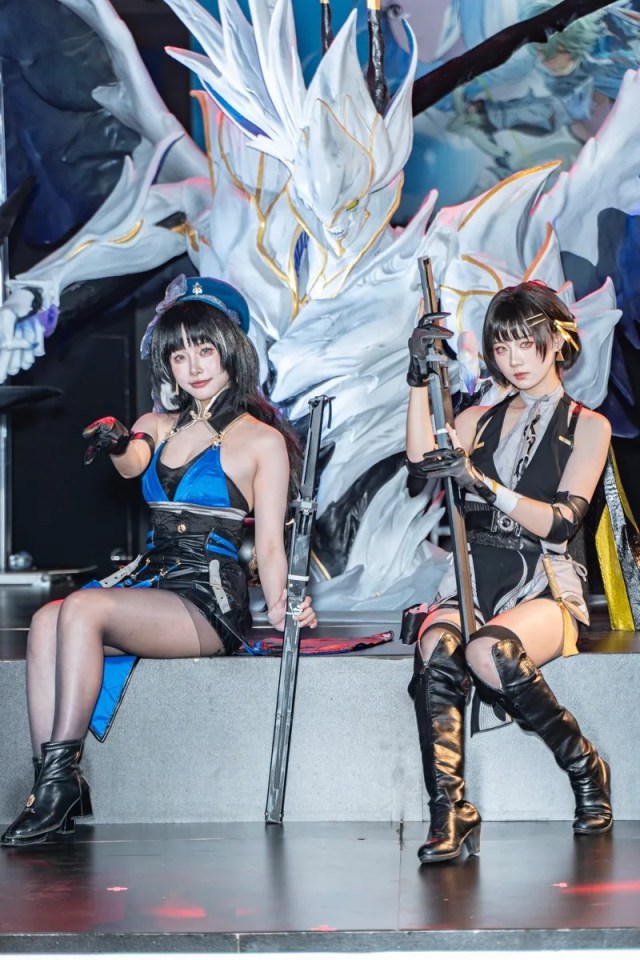
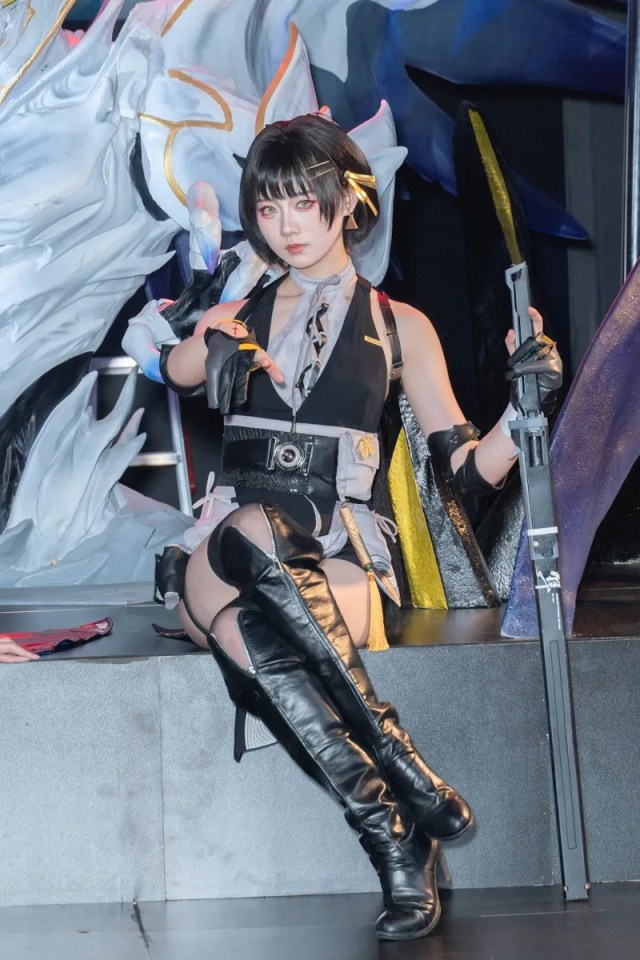
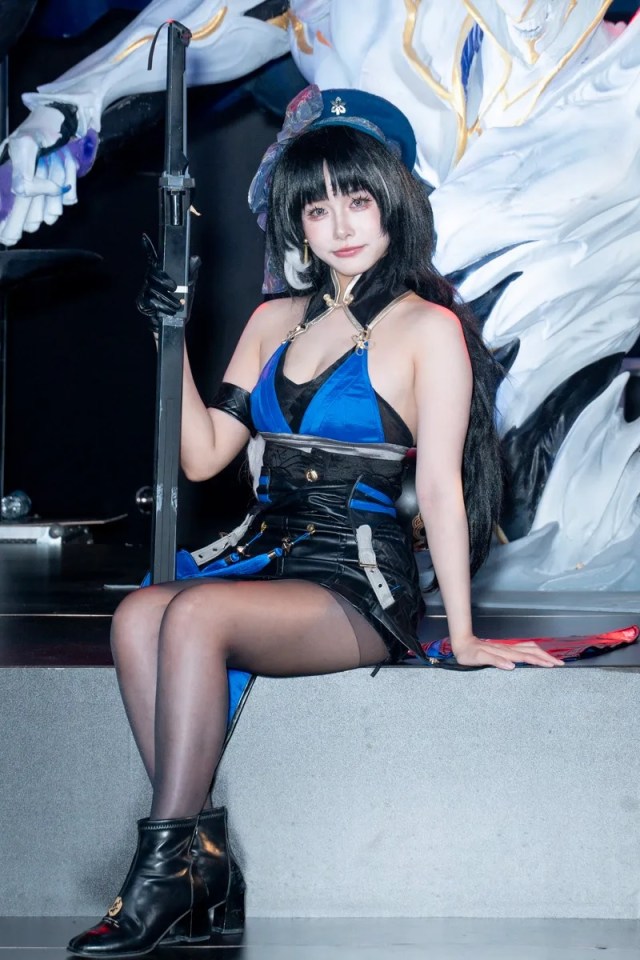
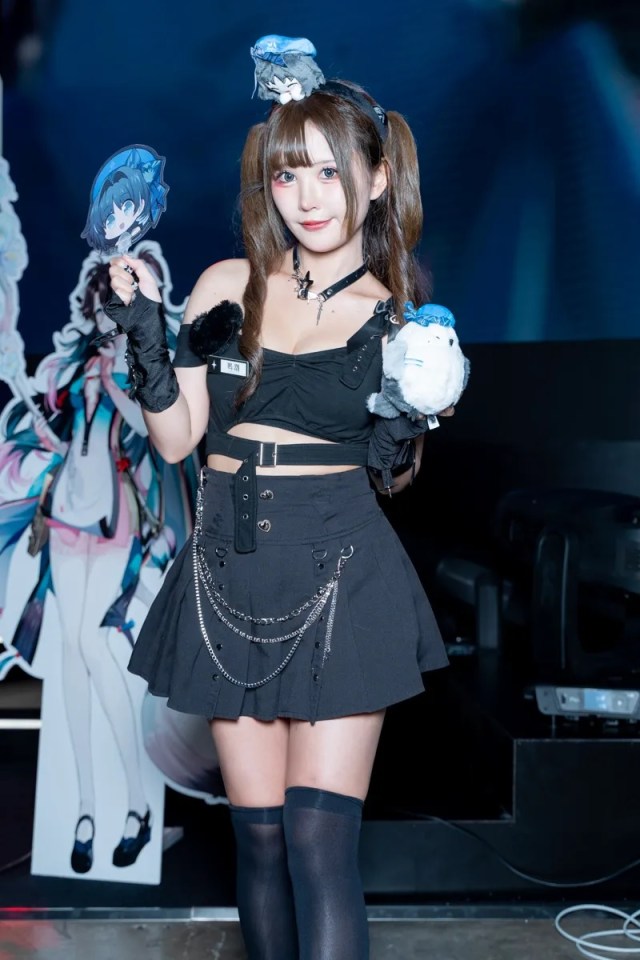

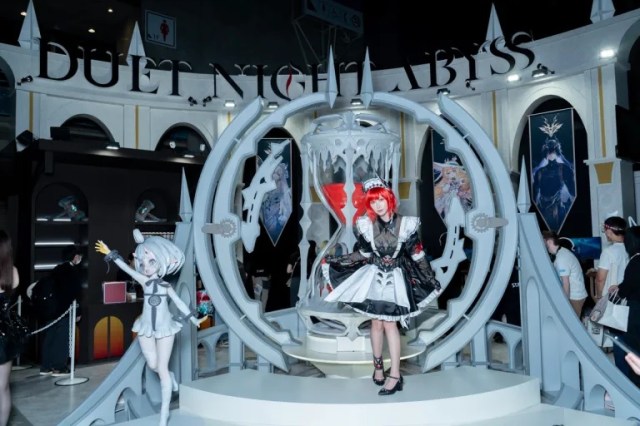
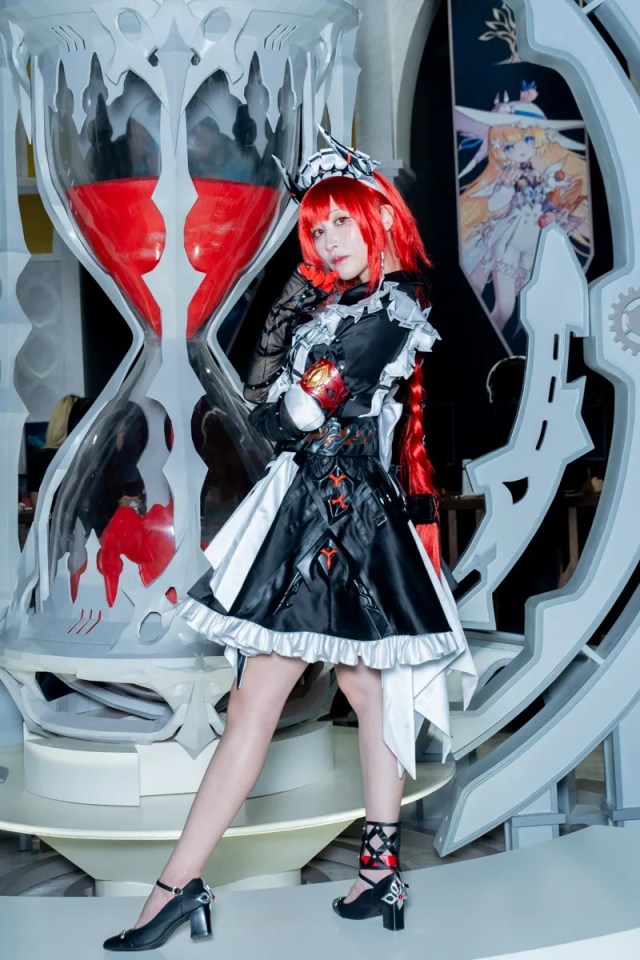




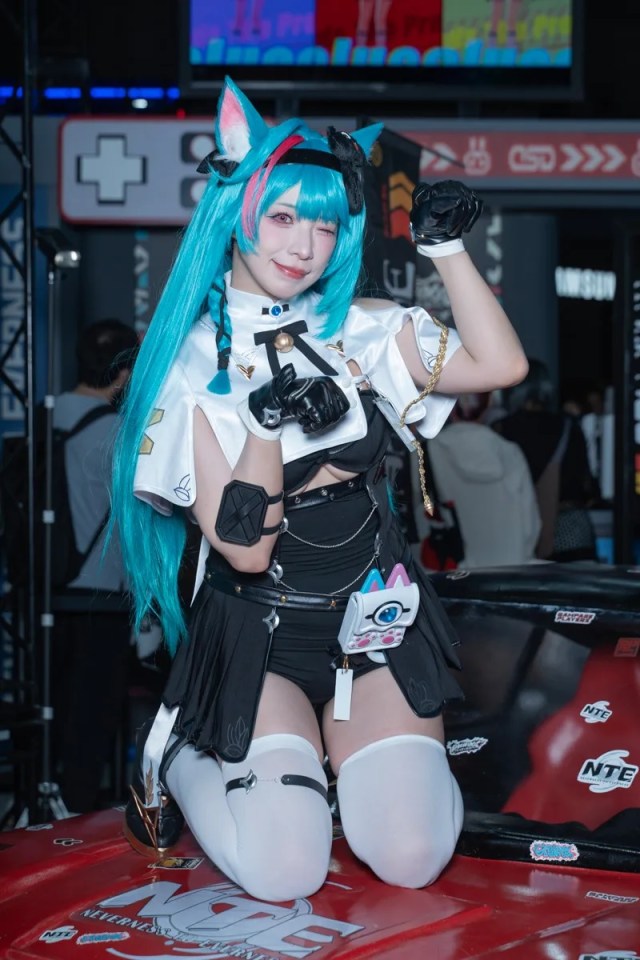
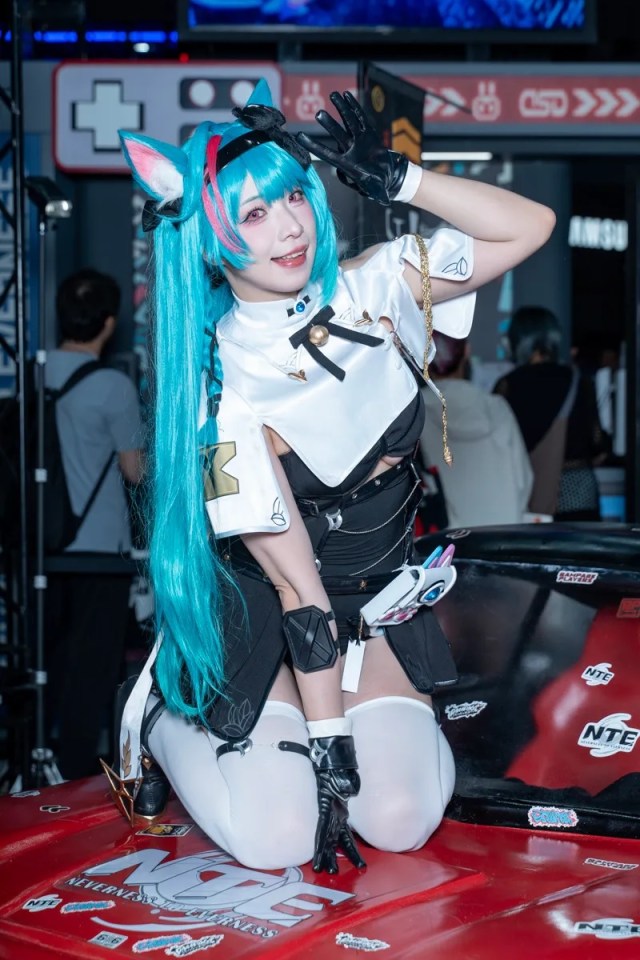
0 comments:
Post a Comment